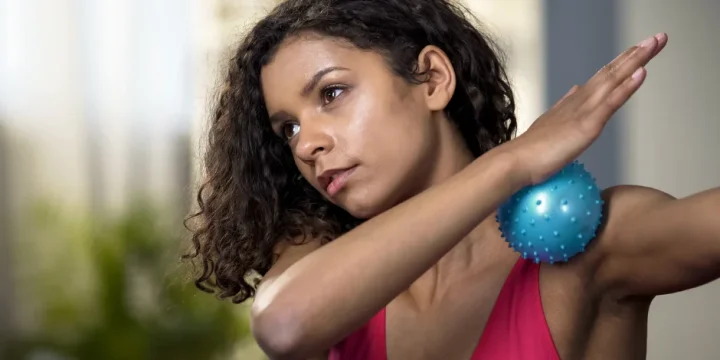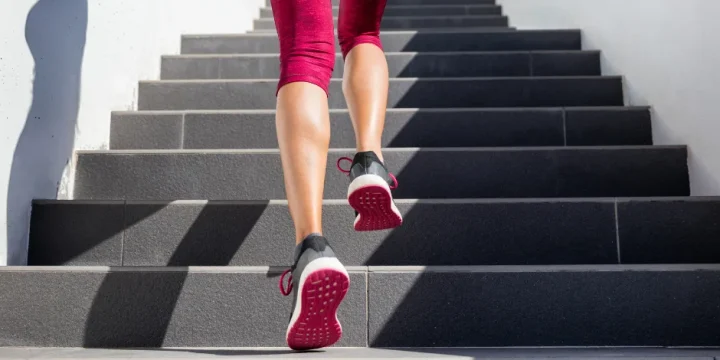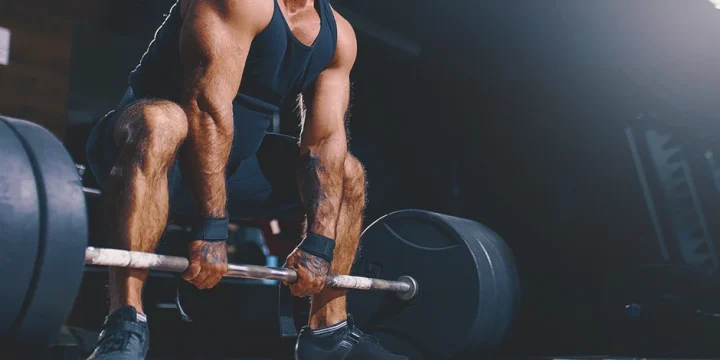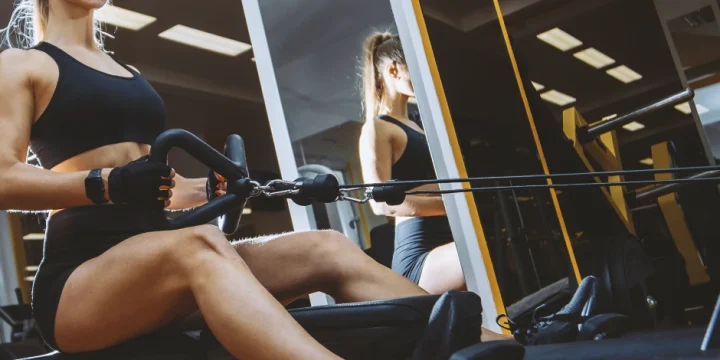A stair stepper is a killer cardio exercise machine. Beginners, those in rehab searching for a low-impact type of workout, and even the fittest individuals on earth can benefit from it.
As a certified fitness trainer, I've had clients asking about the benefits of the stair stepper. I conducted an extensive study to provide them with a precise response.
In this article, I will detail my research, findings, and expertise on stair climber benefits, how to use it, and muscles work.
Quick Summary
- Using a stair stepper provides comprehensive fitness benefits, including strengthening the core, quads, and hamstrings, enhancing cardiovascular health, and improving balance and coordination.
- The stair stepper is an effective tool for fat burning and weight loss, offering various pre-programmed regimens tailored to enhance fat loss through high-intensity interval training or steady-state exercise.
- A study on PubMed shows that during exercises very similar to stair stepper movements involving plantar flexion combined with knee extension, the soleus muscle activity increases significantly, while medial gastrocnemius activity decreases, with plantar flexion efforts at 10%, 20%, and 30% of maximum, and knee extension at 0%, 50%, and 100% of maximum effort.
- Drawing from my extensive experience as a fitness trainer, I've observed that incorporating stair stepping into fitness routines greatly enhances functional movements, aiding individuals in maintaining their mobility and independence as they age.
The Stair Stepper Benefits

Easy to Learn
If you've ever ascended the stairs, you'll know how to operate the stair stepper. Even if you're new to the gym, this machine is easy to use for almost all levels of exercisers.
However, if you have mobility or balance issues, it is recommended to stay on level ground.
Begin your first stair stepper workout slowly or moderately. The burn will hit you immediately.
Concentrate on your form. Keep the chest up, shoulders back, and back straight to get the maximum stair climber benefits.
Strengthens the Core
Stair stepping, like walking, requires strong core engagement to maintain level hips. Furthermore, the legs are continually stepping up, which causes hip flexion.
This action demands a strong core to keep the torso from tilting forward.
While it may not provide the same stimulus as core stability exercise, you will notice it after an extended period of stair climbing.
Great for Burning Fat

In my experience, the stair stepper is an excellent way to burn fat, lose weight, and eliminate excess body fat. Weight loss and body composition objectives are the most popular motivations for using the stair climber.
Most quality stair climbers will follow a variety of pre-programmed regimens that are particularly tailored to enhance fat loss. Stair climbers make it simple to burn more calories through high-intensity interval training or by staying within the fat-burning threshold during protracted steady-state exercise.
"Working larger muscles not only strengthens those muscles but also strengthens and speeds up your metabolism. The combination of heart-rate-raising cardio with lower-body conditioning means you'll burn more calories throughout and after your stair-climber workout than you would with moderate, steady-state cardio."
- Ashley Perez, National Academy of Sports Medicine (NASM) Certified Personal Trainer
Related Articles:
Improves Cardiovascular Health
Based on my experience, shredding those stairs will help your heart. The stair stepper is a high-intensity aerobic workout that circulates blood throughout your body, boosting circulation and oxygen supply.
Your body works harder during ascending stairs than when walking on level ground because it needs to push against gravity as it climbs each step.
The greater exertion causes the heart to beat quicker to provide your muscles with adequate oxygen-rich blood.
Because your heart, like any muscle, grows stronger when challenged, stair climbing can enhance your overall heart health. It also lowers blood pressure and blood fats.
Boosts Bone Health
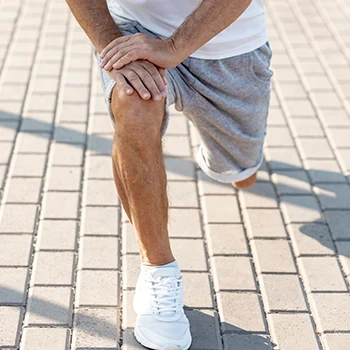
Stair stepping is a weight-bearing workout requiring lifting your body weight.
This strains your bones, encouraging new bone formation and boosting bone density.
As a result, stair climbing regularly may lower the dangers of osteoporosis and fractures later in life.
Improves Coordination and Balance
Stair climbing necessitates maintaining your balance while moving up the stair stepper machine.
You'll need to employ your hip flexors and core muscle groups to keep your body steady and manage the activity.
Increase your coordination and balance by ascending the stairs regularly. This can be useful for activities requiring fast direction changes, like soccer and tennis.
Are a Low Impact Exercise
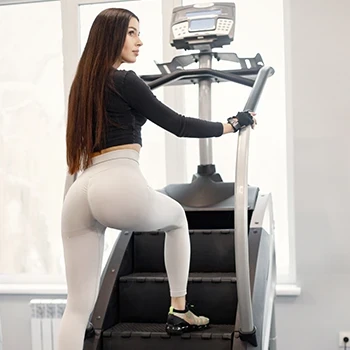
According to my tests, stair climber workouts, although high-intensity exercises are also low-impact movements, which may be a tough combination to find.
Stair climber workout benefits anybody suffering from joint discomfort or arthritis since they are a terrific low-impact cardio training alternative to running.
Stair climber machines are an excellent low-impact workout that works most of the body's major muscles while enhancing cardiovascular well-being and boosting metabolism.
Boosts Functional Movements
Stair climbing is classified as a "functional" or "natural" movement since it replicates motions that people do every day.
Based on my experience, incorporating practical activities into your exercise routines will assist you in living better as you become older.
If you'd like to remain in a house with stairs after retirement or feel more comfortable walking around, a regular stair climber workout will help you keep that capability.
Decreases Lower Back Pain
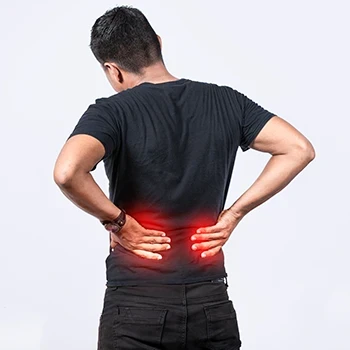
Climbing actual stairs is a wonderful way to exercise if you have back discomfort since it puts less strain on your lower back.
Running, owing to the jolting, might also affect your back.
Stair climbing can also help reduce back discomfort.
Several studies have found that even basic activities like walking can help relieve back discomfort and speed up recovery.
Many Progressions
Challenge yourself with cardio just like you would with weight lifting. This is simple with a Stairmaster.
Most stair-climbing equipment allows you to run a focused exercise with various goals.
Among these objectives might be:
- Count the number of stairs you can ascend at a particular time. You need to climb higher over the same amount of time over time.
- Time how long it requires to climb a certain number of stairs. After some stair climbing, you should be able to climb that height quicker than when you initially started.
- Calories should be counted. Choose a time range and make an effort to burn more calories.
There are several approaches, but the essential thing to remember is always to push yourself during your exercises.
Strengthens the Hamstrings and Quads
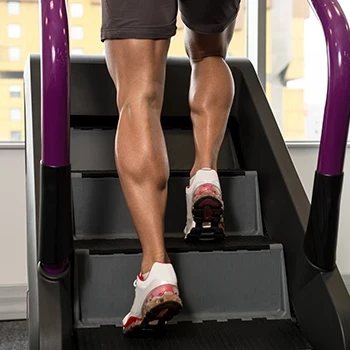
The quads, or quadriceps femoris, are four muscles on the front of the feet, while the hammies are three muscles in the rear that function with the quads.
These are important muscles for stair climbing because they propel you up each step.
The quadriceps lengthen the knee joint while the hamstrings bend it.
As you push away from the stair with each step, these muscles go through a wide range of motion.
"You may be able to move your knees and hips over a wide range of motion, which assists your butts, quadriceps, and hamstrings."
- Heather Milton, Certified Strength & Conditioning Specialist
Stair climbing regularly also aids in strengthening your quadriceps and hammies. When jogging or walking up hills, this provides additional power and speed.
Ideal for Lower Body Warm-Up
You should begin warming up before your workouts if you haven't already. If you do not have time, consider how it may help you perform better in your next lifting session.
The good news is that a successful warm-up does not have to be complicated.
The stair climber machine may provide a well-rounded lower-body exercise if you're pressed for time and can`t do an active warm-up.
Begin slowly, as with any warm-up. Maintain a modest intensity for the first two to three minutes before progressively increasing the speed.
When you feel a little loose, increase the speed to a perceived exertion (RPE) rate from five to six. Stay for a few minutes.
Next, keep your pace but skip a step with your legs. Keep an eye on how high you get on the steps, but the goal is to enhance your hip range of motion.
After a few minutes, you can stop or complete one more minute at a greater intensity of RPE7.
Muscles Worked by the Stair Stepper

Stair climber workouts will work the same muscle groups whether you use a stair stepper, a stair climber machine, a StairMaster, or climbing stairs, but small variations in movement patterns between the various types of stair climber workout machines may alter the relative workload on specific muscles.
This implies that all stair-climbing machines engage the same muscles to some extent.
Still, each stair climber may target several of these muscles somewhat more and others significantly less than another type of machine.
All stair climber workouts focus on the quadriceps, hamstrings, glutes, and calves. Because you're just ascending the stairs on these workout machines and not descending them, you'll gain a lot of endurance in the posterior chain muscles.
Since the stair stepper is taxing exercise equipment, incorporate our best post-workout supplements for faster recovery.
The muscles worked:
Hamstrings
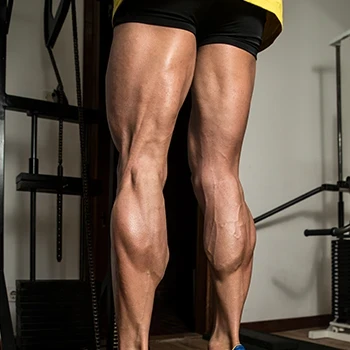
The hamstrings are muscles that go along the rear end of the thigh from the bottom of the pelvis on the sit bones (ischial tuberosity) to the rear of the knee, according to the National Center for Biotechnology Information website [1].
The hamstrings group comprises three muscles: the semitendinosus, biceps femoris, and semimembranosus.
Hip Flexors
The hip flexors are a set of muscle groups located at the front of the pelvis and hip that aid in leg flexion. The psoas major and iliacus (the iliopsoas) are the principal muscles in the hip flexor group.
However, the rectus femoris (among the quad muscles), pectineus, and sartorius also enable hip flexion, according to another study found on the PubMed website [2].
The hip flexor muscles are vital in stair climber training because they bend the hip so that you may propel your foot upward for the next step while switching from one leg to the other as you alternately "climb" the stair stepper pedals.
Glutes

The glutes, also known as gluteal muscles, are the buttock muscles involved in hip stabilization and extension.
The gluteus maximus is the most powerful gluteal muscle [3].
When you step down on the climbing stairs pedal and your hip moves from a raised, flexed posture to a straightened one, it stretches the leg.
Smaller gluteal muscles, like the gluteus medius and minimus, and deeper gluteal muscle groups, like the piriformis and obturator muscles, support the hips in the frontal plane.
Read More: Best Gluteus Maximus Exercises
Quads
The term "quads" or "quad muscles" refers to the quadriceps, a set of four muscle groups that run down the front of the foot between the knee and pelvis.
The quad muscle group consists of the rectus femoris, which moves down the middle of the thigh from the hip to your kneecap; the vastus lateralis, which goes along the outer side of the front of the thigh; medialis, which extends along the innermost portion of the front of the thigh; and the vastus intermedius, that also runs down the center [4].
Calves
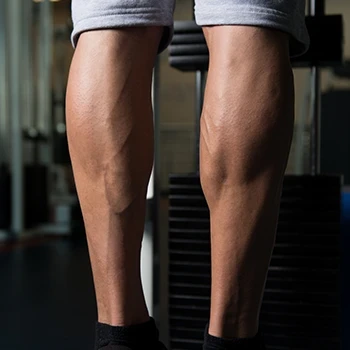
The calf muscles, often known as calves, are located behind the lower leg, stretching from the rear of the knee down to the prominent Achilles tendon, where they taper and attach to the heel.
The calves comprise two separate muscles:
- The two-headed gastrocnemius (the bigger and stronger) calf muscle
- The lesser and thinner underlying soleus
The gastrocnemius muscle aids knee flexion and plantarflexion (standing on tiptoes) [5]. The soleus also assists in plantarflexing the foot and stabilizing the tibia to keep your shin upright [6].
When you land on one foot and step higher, pressing upward and off the foot pedal to transition to weight bearing on the other foot, the stair climber trains the muscles in your calves.
The calves also buffer impact when you first press down on each foot and begin the stair-stepping action throughout each step, which helps decelerate and stabilize the leg.
Upper Body and Core Muscles
Although stair climber machines primarily target core and lower body muscles, stair stepper activities also work upper-body muscles.
When you pump the arms (as long as you're not holding the handrails), you're working the muscles in the arms (triceps and biceps), shoulders (rotator cuff and deltoid muscles), pectoralis (chest muscles), and upper back (trapezius, latissimus dorsi, and rhomboids).
However, if you grab the handrails the entire time, you cannot use your upper body.
What Is the Stair Stepper?
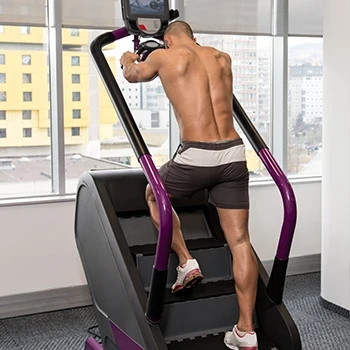
The stair stepper is equipment that includes walking up and down on foot pedals resembling climbing stairs or ascending spinning stairs.
Most stair stepper devices entail walking on alternating pedals that simulate the resistance and incline of climbing stairs. Stair climbers and stair stepper machines have a learning curve and need coordination.
Still, if you get a grasp of it, these are pieces of good cardio equipment that can deliver a great cardio workout.
How To Use the Stair Stepper

The stairs are simple, but the stair climber is unlike any other. The stair climber machine has several degrees of difficulty and speeds to choose from.
Many allow you to select various stair climber workouts from the screen and replicate distinct experiences.
To begin using the stair climber, no matter which stair climber workout variant you pick, follow these steps:
- Step onto the stair climber and grab the bars for support and stability.
- Press "Start" on the equipment and start following the procedures.
- Adjust the pace and resistance to your liking and ability level.
- Maintain proper posture by maintaining your back straight and without slouching or reclining.
- Keep the knees in line with your legs as you step, and don't let them fall in or out.
FAQs
How Long Should You Spend on the Stair Stepper?
You should spend between 20 to 30 minutes on the stair stepper. Begin with a ten-minute warm-up to get your heart and muscles going. Then start at ten to fifteen minutes of intervals.
Is a Stair Stepper Better Than Walking?
Yes, a stair stepper is better than walking. A stair stepper workout may aid muscle development more than walking or other cardio. You're not only getting tremendous aerobic fitness training, but you're also strengthening the glutes, hamstrings, and quadriceps.
How Does Grip Strength Influence Overall Health?
Grip strength significantly influences overall health by being a reliable indicator of muscular endurance and general body strength. Regularly improving grip strength can lead to better health outcomes and physical capabilities.
What Role Does Grip Strength Play in Daily Activities?
Grip strength plays a crucial role in daily activities, enhancing the ability to perform tasks like opening jars, carrying groceries, and engaging in various household chores. Strengthening grip can make these everyday tasks easier and less physically taxing.
Can Grip Strength Predict Cardiovascular Health?
Yes, grip strength can predict cardiovascular health, as studies have shown a correlation between grip strength and heart health. Stronger grip strength is often associated with a lower risk of heart disease and better overall cardiovascular condition.
How Does Grip Strength Training Benefit Mental Health?
Grip strength training benefits mental health by reducing stress and improving self-esteem, contributing to overall mental well-being. Engaging in regular grip strength exercises can lead to a more positive mental state and a sense of accomplishment.
References:
- https://www.ncbi.nlm.nih.gov/books/NBK546688/
- https://pubmed.ncbi.nlm.nih.gov/34569157/
- https://www.ncbi.nlm.nih.gov/books/NBK538193/
- https://www.ncbi.nlm.nih.gov/books/NBK538425/
- https://pubmed.ncbi.nlm.nih.gov/24922619/
- https://www.ncbi.nlm.nih.gov/pmc/articles/PMC6939913/
About The Author
You May Also Like

